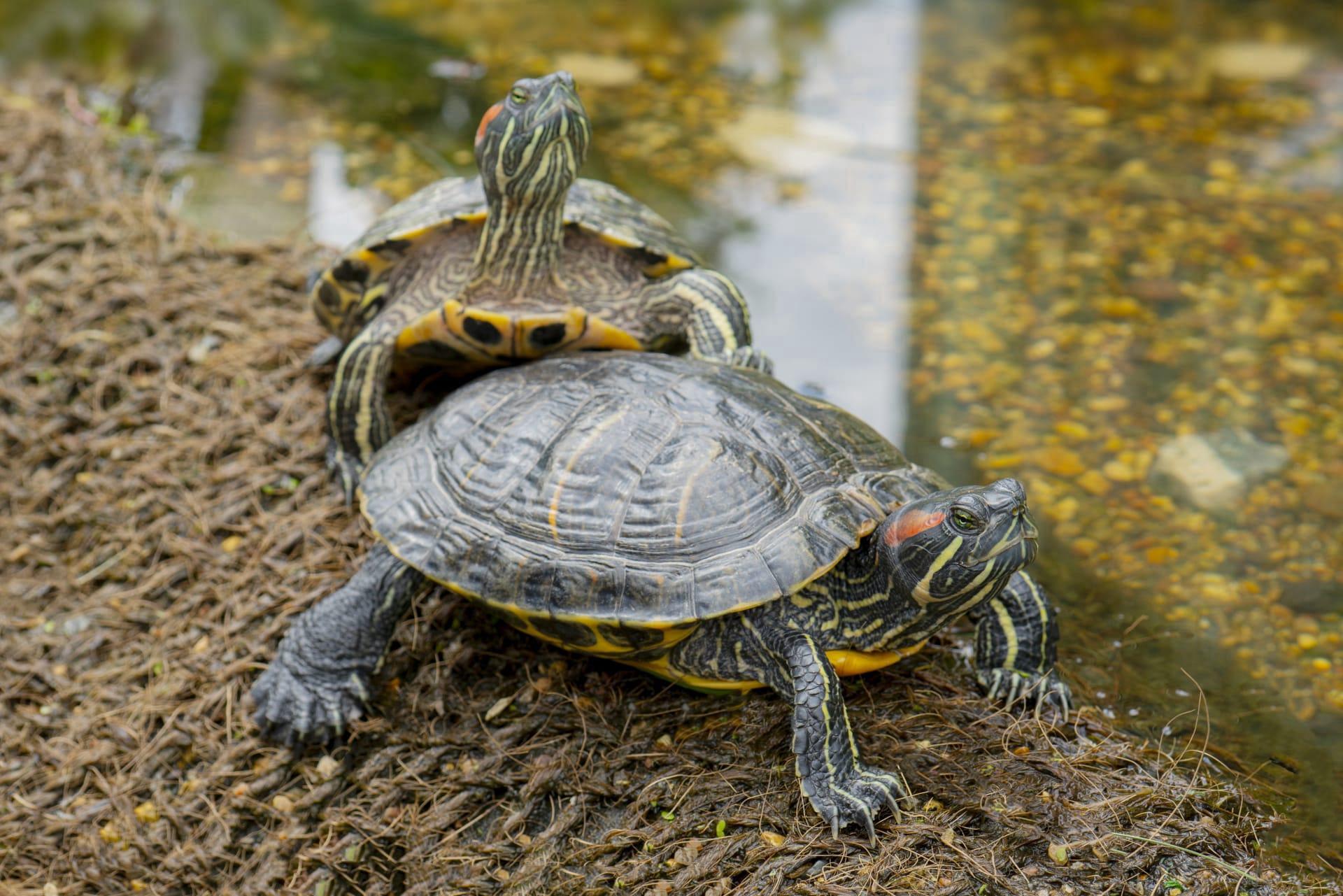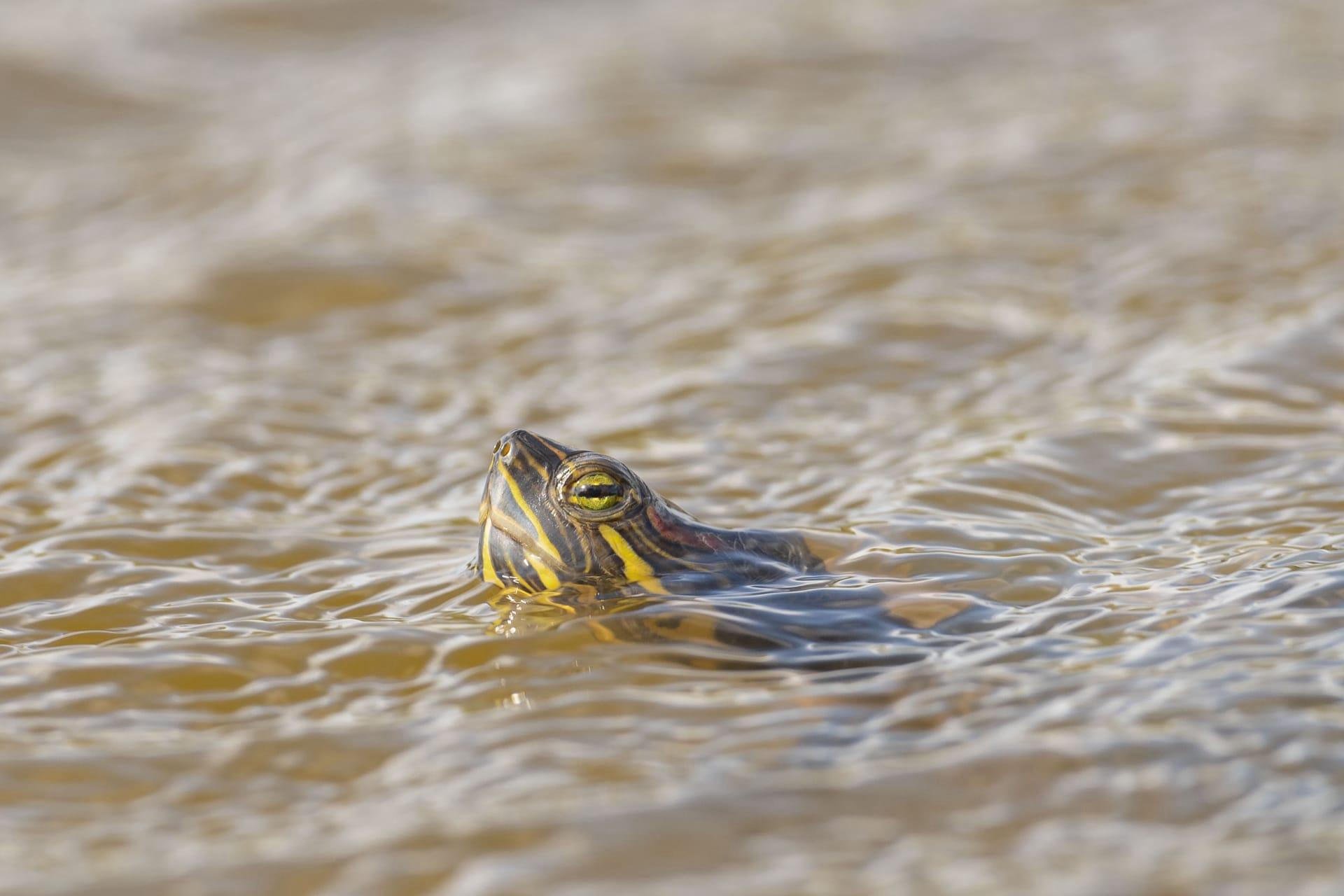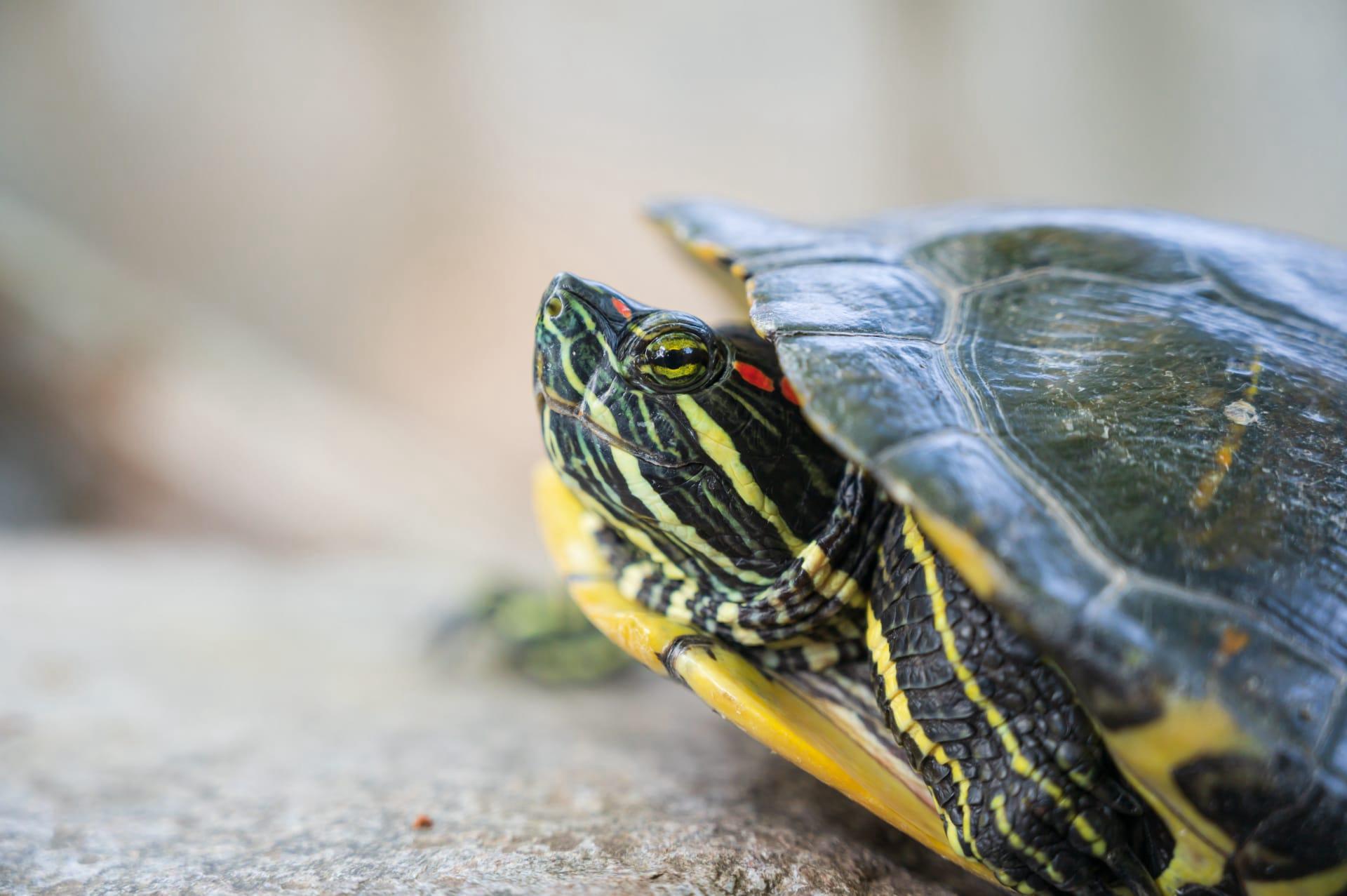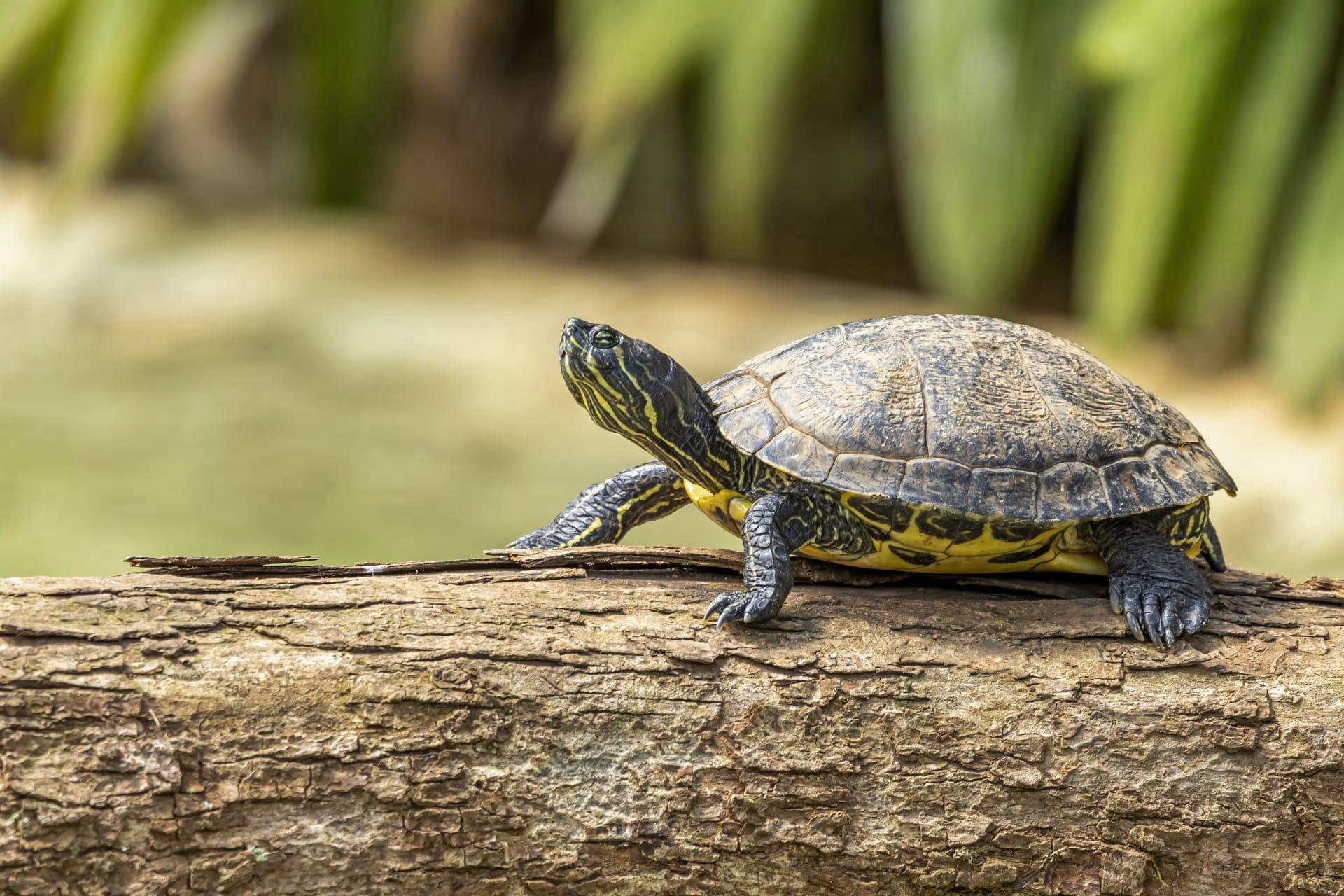1
Yellow Belly Turtles, known for their distinct yellow plastron (the underside of their shell), offer a stunning display of nature's artistry. The vibrant yellow is not just for show; it plays a crucial role in thermal regulation. These turtles bask in the sun to warm up, and the bright yellow helps absorb heat more efficiently. This is vital as they are ectothermic, relying on external heat sources to regulate their body temperature.
Another fascinating aspect of these turtles is their lifespan. In the wild, Yellow Belly Turtles can live up to 30 years, a testament to their resilience and adaptability. However, under optimal care in captivity, their lifespan can extend to over 40 years. This longevity is partly due to their slow metabolism and a diet rich in nutrients, including vegetables, fruits, and occasionally meat.

2
The diet of Yellow Belly Turtles is as varied as it is interesting. They are omnivorous, meaning they eat both plants and animals. In the wild, their diet consists of aquatic vegetation, insects, and small fish. This diverse diet is crucial for their growth and shell development. In captivity, they often enjoy a mix of commercially available turtle pellets, leafy greens, and the occasional treat of shrimp or worms, providing them with necessary vitamins and minerals.
When it comes to reproduction, these turtles have a unique approach. Female Yellow Belly Turtles can store sperm for several years after mating. This remarkable adaptation allows them to lay fertilized eggs at a time when conditions are favorable for the survival of their offspring. They usually lay eggs once a year, with clutches typically containing between 6 to 12 eggs. These eggs incubate for about 60 to 90 days before hatching.

3
Yellow Belly Turtles possess a notable ability to navigate. Research has shown that they use the sun's position in the sky as a compass to find their way. This natural GPS is especially useful when they migrate to find more abundant food sources or suitable nesting sites. Such navigation skills are crucial for their survival in the wild, where they often travel long distances in rivers and lakes.
Interestingly, these turtles are known to be social creatures. They often bask in groups on logs or rocks, and it's not just for warmth. This communal basking helps strengthen social bonds and provides safety in numbers. In the presence of predators, a group of turtles can quickly alert each other and retreat to the safety of the water.

4
Yellow Belly Turtles have a unique way of communicating. While they are generally perceived as not very vocal, they do make distinct sounds, especially during mating or when they feel threatened. These sounds range from soft chirps to more pronounced hisses, serving as a means of communication with other turtles and as a defense mechanism against predators.
These turtles also exhibit impressive memory skills. Studies have shown that they can remember training tasks for up to 7.5 months. This memory capability is not just a random trait; it plays a crucial role in their survival, helping them remember the locations of food sources, nesting sites, and safe habitats.

5
The shell of a Yellow Belly Turtle is not just a protective armor; it's a living part of their body. The shell is made of bone covered by keratinous scutes, which grow throughout the turtle's life. Contrary to popular belief, turtles cannot come out of their shells, as their spine and ribs are fused to the shell's interior. This unique structure provides both protection and support.
Yellow Belly Turtles play an important role in their ecosystem. They contribute to the health of their aquatic habitats by controlling the population of their prey, like insects and small fish, thus maintaining a balanced ecosystem. Additionally, their foraging activities help in the dispersal of seeds and contribute to the nutrient cycling in their environment.